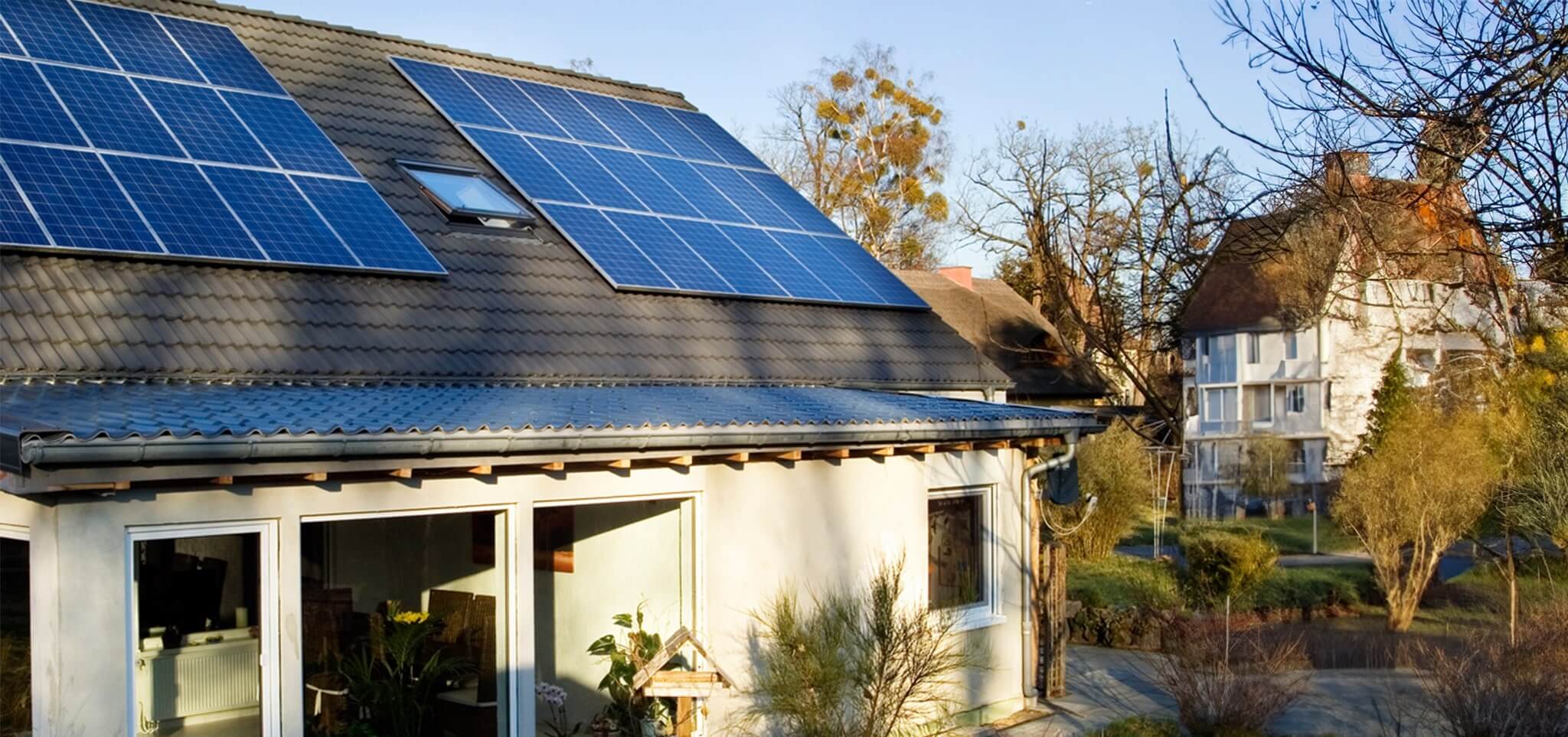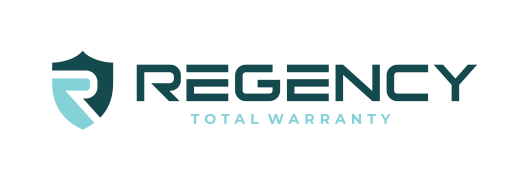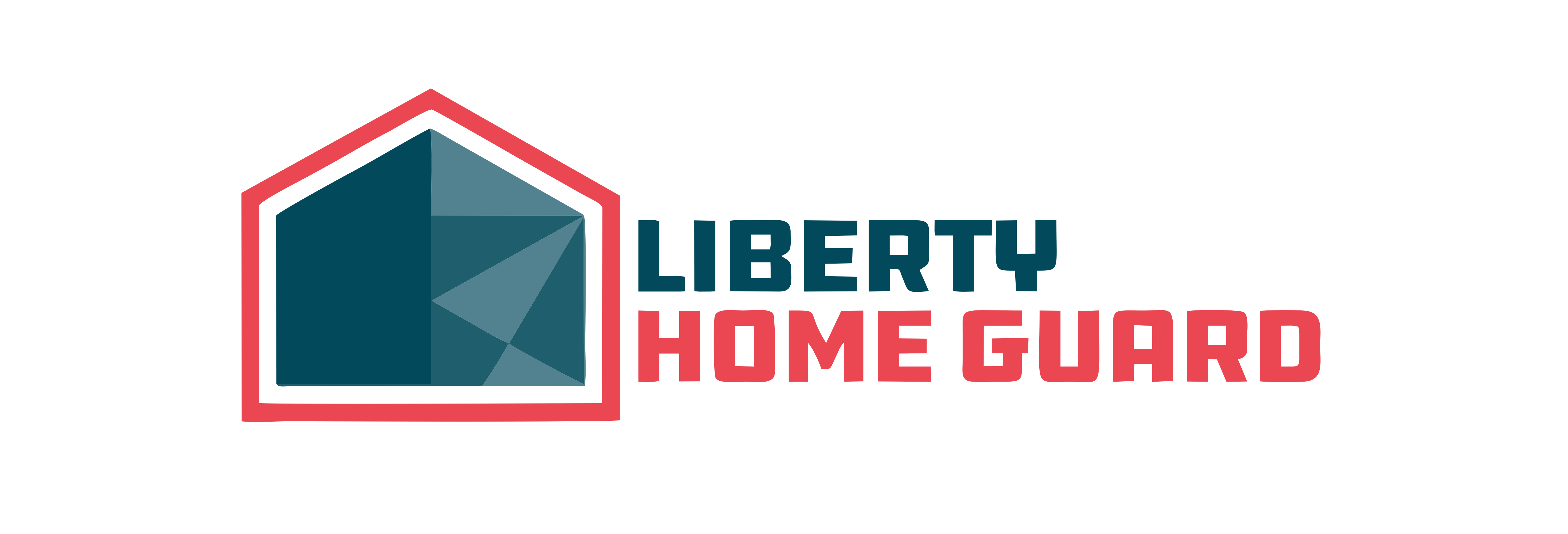Solar Panels on Metal Roof: Everything You Need To Know
Published Date: October 26, 2023

A good roof shields your home from the elements, including snow, rain, wind, hail, and debris. Metal roofs are gaining popularity because they’re durable, energy-efficient, and enhance resilience against extreme weather. If you’re considering going solar, you might be curious if solar panels on metal roofs are a good combination. Read on to learn about why the two are such an exceptional match.
Why Choose a Metal Roof for Solar Panels?
Although you can install solar panels on most roofs, they are compatible with metal roofs, compared to other popular roofing materials for a few reasons.
Asphalt roof shingles have a design life of 12 to 20 years, whereas metal roofs can last 40 to 70 years and are highly durable. Because the lifespan of a solar array is around 30 years, installing solar panels on a new metal roof means you probably won’t need to remove them to re-roof your home.
If you have a standing seam metal roof, you can simply attach the solar panels without penetrations using aluminum S-5 clamps and rail mounts.
In addition, metal roofs can be very energy efficient and are highly recyclable, helping to reduce energy bills and your environmental impact further. Although metal roofs are commonly more expensive than many alternatives, the lifetime cost is often lower because they are durable and can withstand extreme weather conditions.
Types of Metal Roofs Suitable for Solar Panels
Several types of metal roofs are popular in North America and highly compatible with solar modules, such as:
- Standing seam metal roofs:These steel roofs have raised seams that create an ideal mounting surface for solar panels. They provide a sleek, watertight design that minimizes the risk of leaks.
- Corrugated metal roofs:Corrugated roofs offer a cost-effective option for solar panel installation. They provide a sturdy and even surface for mounting solar panels with a mounting system that contains mounting brackets that do require penetrations.
- Metal tile roofs:Installers can use a solar mounting system that doesn’t penetrate the roof by using tile mounts that overlap with the existing roofing materials. This solar panel mounting system is highly durable and simple to install.
- Shingle metal roofs:This roofing material can be tricky for retrofitting with solar panels, but roofers can install attachment points if you plan. This requires re-roofing your home and going solar at the same time.
In addition, it’s also possible to install thin-solar on metal roofs. Thin-film products fit between the seams on standing seam metal roofs. Unlike traditional panels, thin-film solar cells are flexible and lightweight but usually less efficient.
Considerations Before Installing Solar Panels
Several factors should be considered before installing a solar power system on metal roofs, such as:
- Roof Condition Assessment:
Evaluate the current condition of your metal roof to ensure it is structurally sound and free from any damage or corrosion that might affect the solar panel installation. - Roof Orientation:
Assess the roof’s orientation to determine if it is suitable for installing a solar power system. South-facing roofs are ideal, but east and west-facing roofs are adequate. - Shading:
If other buildings or tall trees shade your roof, it might not be a good candidate for a solar energy system. - Roof Material Compatibility:
Ensure your metal roof type is compatible with the solar panel mounting system. Solar installers typically use U-clamps for standing seam roofs and tile mounts for metal tile roofs. - Roof Warranty:
Check the manufacturer’s warranty for your metal roof, as solar panel installation might affect it if they are not installed according to the warranty guidelines. - Roof Penetrations:
Determine how solar panels will be attached to your roof. Minimize roof penetrations using non-penetrating mounting systems or ensuring holes are properly sealed. - Solar System Financing:
Many solar companies have $0 down solar financing programs for customers. Also, home equity loans with a bank might be another way to finance a solar project. - Solar Incentives & Rebates:
The federal government offers a 30% solar tax credit, and there are some state, local, and utility solar incentives available in certain areas. Taking advantage of such programs can significantly reduce the net solar system cost. - Solar System Sizing:
Ideally, your solar photovoltaic panels can generate all the electricity your home needs, but it might be limited by available roof space or your project budget. If your home is energy-efficient, you can install a smaller system. - Home Energy Use:
If there are simple ways to reduce electricity use, now is a good time to implement them. For example, many older appliances, such as refrigerators, can be energy hogs. - Net Metering:
Many states have net metering programs that allow you to get credits on your electric bills for surplus solar power you feed to the grid. - Local Regulations & Permits:
Your solar contractor must get a permit and adhere to local regulations. - Maintenance & Monitoring:
Most solar contractors will provide a solar monitoring system with your installation. It will provide historical and real-time solar energy production data so you know if there are any maintenance issues.
Hiring a Professional Solar Installer
Hiring a reputable and experienced solar installation company is essential for getting the most value from your system. Below are three of the most popular solar contractors operating in the U.S.
SunPower installs high-efficiency solar PV panels and provides an excellent 25-year warranty. Although SunPower is known for its outstanding customer experience, its prices are usually higher than average. The company operates in all 50 states and offers $0 down solar loans and lease options.
This company is a trusted name in home security, and also installs home solar systems. ADT Solar operates in 27 states, provides a 25-year warranty, and offers solar leases, financing, and power purchase agreements (PPA). However, ADT Solar has received mixed reviews from customers.
This solar contractor installs high-quality solar panels and provides excellent customer service. It operates in 21 states and offers a 25-year warranty on its systems. However, Blue Raven doesn’t provide solar leases or PPAs but has $0 down financing options with no payments for 18 months.
DIY vs. Professional Installation
Some homeowners want to save money and gain experience by installing their solar system themselves, which has some pros and cons.
Advantages
- Cost Savings:
DIY installation can save you money on labor costs, as you won’t need to pay a contractor. - Learning Experience:
It provides a valuable learning opportunity about solar energy systems, increasing your knowledge and experience. - Flexibility:
You can control the installation timeline once you have purchased the solar equipment and can work at your own pace. - Sense of Accomplishment:
Successfully installing solar panels yourself can be personally rewarding.
Disadvantages
- Safety Risks:
Working on a rooftop can be dangerous, and improper safety measures can lead to accidents. Professionals have the necessary training and safety equipment to minimize risks. - Technical Expertise:
Solar panel installation requires specialized knowledge of electrical systems, roof integrity, and local regulations, which some DIYers lack. This can complicate the permitting and installation process. - Warranty Concerns:
DIY installations may void solar equipment or roof warranties if not done correctly. However, professional solar installers typically offer warranties and guarantees on their work. - Interconnection Issues:
To use net metering with your local power company, you must get approval to connect to the electrical grid. This requires the signature of a certified electrician. - Solar Incentives:
Some state and local incentive programs are only available for projects using an approved solar energy contractor. - Time Commitment:
DIY solar projects are time-consuming without solar installation experience.
Cost of Installing Solar Panels on a Metal Roof
The average cost of a solar system in the U.S. is about $2.95 per watt, according to EnergySage, but this can vary a bit depending on the location and specific property.
That means the average 6-kilowatt (kW) solar panel system will cost about $17,700 before incentives or about $12,390 after applying the 30% federal solar tax credit. Also, utility and state solar incentives can further reduce the cost of going solar.
Here is how to estimate the cost of the average 6 kW (6,000 watts) solar system:
Cost of the solar system before incentives:
$2.95 x $6000 = $17,700
Value of the 30% federal solar tax credit:
$17,700 x 30% =$5,310
Cost of the solar system after applying for the solar tax credit:
$17,700 – $5,310 = $12,390
Installing a solar system on a metal roof is usually comparable in cost to installing one on an asphalt shingle roof. However, the exact cost depends on the type of racking system and the associated labor costs. Click here for a price estimate to install solar panels on your home.
Financial Incentives and Return on Investment
The federal government offers a 30% solar tax credit for installing solar panels on your primary or secondary home. A tax credit is a dollar-for-dollar reduction in taxes owed to the federal government.
In addition, some states and utility companies offer additional incentives for solar systems, but these vary by state. To determine if additional solar incentives are available in your area, contact a local solar installer or visit the DSIRE database.
Most states also have policies requiring utility companies to offer net metering programs for residential solar energy systems. These programs allow you to feed surplus electricity to the utility grid and to get solar credits on your power bills.
If your solar panels generate enough solar power, you can virtually eliminate electricity bills in states with net metering. Refer to our solar calculator to estimate your energy bill savings. Also, some solar system owners can generate solar renewable energy certificates (SRECs), a way for solar system owners in certain states to generate income apart from net metering.
The payback period of the average solar energy system is about 6 to 10 years. Still, it depends on the cost of electricity, the property’s solar exposure, and the installation’s cost. A solar system’s average return on investment (ROI) is around 10%.
Maximizing Solar Energy Efficiency
Most systems include a solar monitoring system, which allows you to review energy output data. Periodically reviewing this information helps determine if your solar panels have any issues impacting energy generation. It is also essential to keep your solar panels clean and debris-free.
Likewise, proper roof maintenance is critical. Like with other types of roofing, it is critical to identify and repair any issues immediately.
Bottom Line
Solar panels and metal roofs are an excellent combination because the design life of a metal roof is typically longer than that of a solar energy system. Although solar panels can produce clean energy for 25 to 30 or more years, metal roofs commonly last for 40 to 70 years.
Standing seam metal roofs are exceptionally compatible with solar modules because installers can mount panels on the roof seams. Like with any other solar installation, it’s critical to consider roof shading, permitting, and enrolling in net metering programs.
FREQUENTLY ASKED QUESTIONS (FAQs)
Are metal roofs better than shingles for solar panels?
Metal roofs can be advantageous for solar panels due to their durability and longevity. They usually last longer than shingle roofs, aligning well with the lifespan of solar panels.
While shingle roofs are versatile and have a lower initial cost, they typically require more maintenance and have a shorter lifespan, potentially requiring a roof replacement during the life of the solar panels.
Do I need to reinforce my metal roof to support solar panels?
Most metal roofs can support the additional weight of solar panels if they are in good structural condition. If the roof is older or has damage, reinforcement may be needed. When in doubt, consult a professional to determine if your roof can support a solar energy system.
Will installing solar panels on a metal roof affect its warranty?
The impact of installing solar panels on a metal roof on its warranty depends on the roofing manufacturer’s policy. Some manufacturers may void the warranty if solar panels are installed improperly or if the installation damages the roof.
It’s essential to check with your metal roofing manufacturer and, if necessary, work with a professional solar installer who can ensure a compliant and warranty-preserving installation.
Do solar panels cause damage to metal roofs?
If solar panels are correctly installed, they do not cause damage to metal roofs. No roof penetrations are needed for installing a solar system on standing seam and metal tile roofs. However, if roof penetrations exist, sealing them so water doesn’t enter is critical.
Will solar panels make my metal roof hotter?
Solar panels will not make your roof hotter because they reduce the heat reaching it, helping to cool it. However, an air gap should be below the solar panels to allow for proper airflow. Hence, the panels stay close to the ideal temperature range for optimum solar electricity output.
How much energy can I expect to generate with solar panels on a metal roof?
The output from your solar energy system depends on your home energy use, the efficiency of the solar panels, shading, and roof obstructions.
Many families can generate all the electricity they need if there aren’t considerable shading and roof obstructions like skylights or dormers limiting the space for solar panels. Solar systems are even getting popular for tiny homes despite having small roofs.
Will solar panels make my metal roof more prone to leaks?
Properly installed solar panels do not cause roof leaks because any holes from drilling are adequately sealed. Also, no roof holes are needed for standing seam and metal tile roofs. However, using a high-quality solar panel installer is critical to avoid workmanship issues.
What is the lifespan of solar panels on a metal roof?
Most solar power systems on metal roofs produce renewable energy for 25 to 30 years. Although your solar panels can still generate clean energy after 30 years, solar panels become less efficient at generating power, so their output drops slowly over time.
Do I need to re-roof before installing solar panels on a metal roof?
If your roof is in good condition, there is no need to replace a metal roof before getting solar panels. However, if it is nearing the end of its lifespan or needs repairs, it’s best to have an experienced roofer complete this work before hiring a solar company to go solar.








